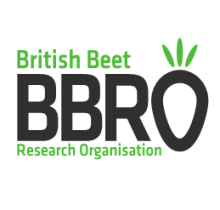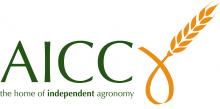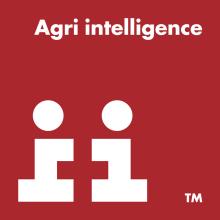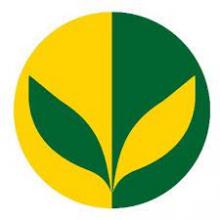Help us describe the agricultural research landscape in the UK. Some of the key organisations are listed below:
| Funders | Research Organisations | Universities |
| UKRI | Rothamsted | Aberystwyth |
| BBSRC | John Innes | Aberdeen |
| NERC | James Hutton Institute | Cranfield |
| STFC | CEH | Edinburgh |
| Innovate UK | IBERS | Harper Adams |
| AHDB | RR North Wyke | Leeds |
| PGRO | Pirbright | Newcastle |
| BBRO | CIEL | Nottingham |
| Defra | CHAP | Reading |
| Scottish Govt | Agri-EPI | Sheffield |
| Welsh Govt | Agrimetrics | Bangor |
| DAERA | NIAB | RAU |
| TMAF | BGS | Lincoln |
| Soil Association | Roslin | Hertfordshire |
| Innovative Farmers | SRUC | |
| AIC | FERA | Cambridge Crop Science Centre |
| AICC | Organic Research Centre | UCD |
| AFCP | STC | Oxford University |
| ADAS | ||
| STRI | ||
| Agrii | ||
| Agrovista | ||
| Hutchinsons | ||
| Frontier | ||
| AICC | ||
Konfer is a useful web platform to find about research, researchers and funding opportunities. Zenodo connects research communities.
Many researchers use ResearchGate to share publications and projects.
All UKRI funded projects are listed on Gateway to Research
Defra projects are searchable at its Science & Projects site.
EU Farmbook is being developed to share outputs from all relevant EU & EIP-Agri projects.
Please add any organisations or useful resources that are missing in the comments below















Discussion
Scottish Government, Welsh Government and DAERA should be included in the list of funders